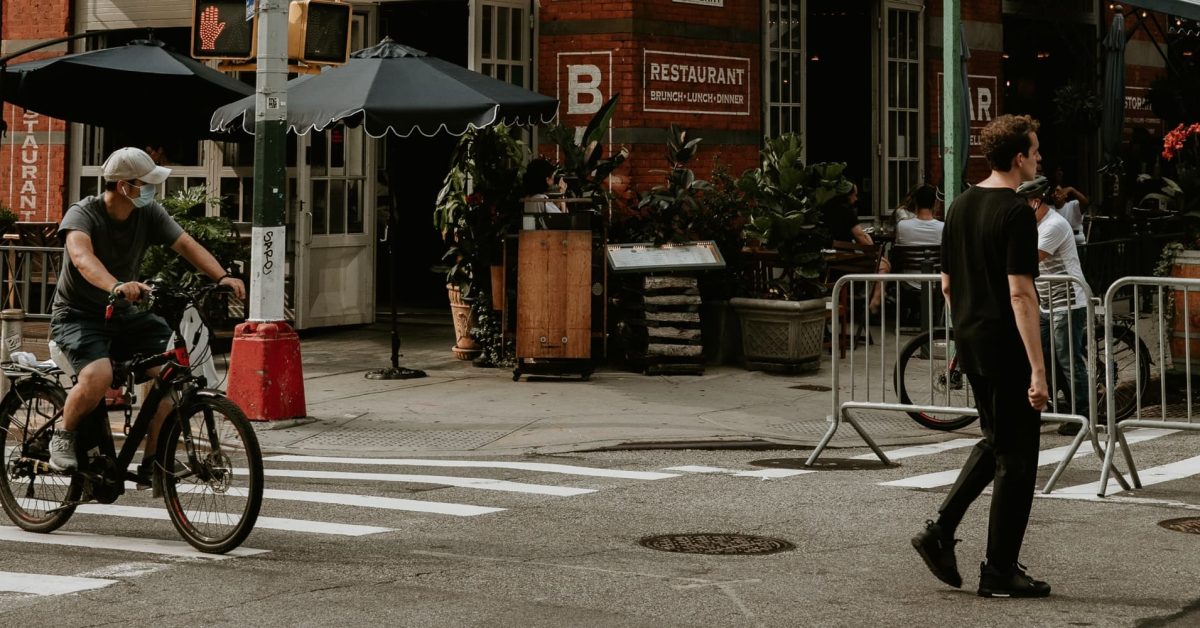The New York Times published a pair of articles this weekend highlighting the rising number of deaths of cyclists riding electric bikes. However, in one of the most impressive feats of victim-blaming I’ve seen from the publication in some time, the NYT lays the onus on e-bikes instead of on the things killing their law abiding riders: cars.



> (or more on downhill stretches where the motor finally tops out and the rider is fresh)
Downhill is the situation in which ebikes are least likely to exceed the speed of regular bikes. Since the motor is designed to cut out at 20 mph anyway then it won’t help you go faster downhill, but it will continue to have increased rolling resistance. And if it’s no worse than a regular bike, it isn’t a problem.
I see you’ve never encountered an ebike on a hill.
Acoustic bike riders rest on the downhill.
Ebike riders who have motors that exceed their power output by a factor of 3 rest on the uphill.
The rolling resistance difference is single digit watts. Any influence from extra weight will increase coasting speed.
Actually, I was thinking of personal experience riding with my wife, with me on an ebike and her on an acoustic bike. I was surprised at how I actually needed to put in a little effort to keep up with her downhill.
> I was surprised at how I actually needed to put in a little effort to keep up with her downhill.
^ precisely my point though. A little effort exceeds the motor speed limiter. Effort that is much more readily available because you didn’t spend it going up the hill.